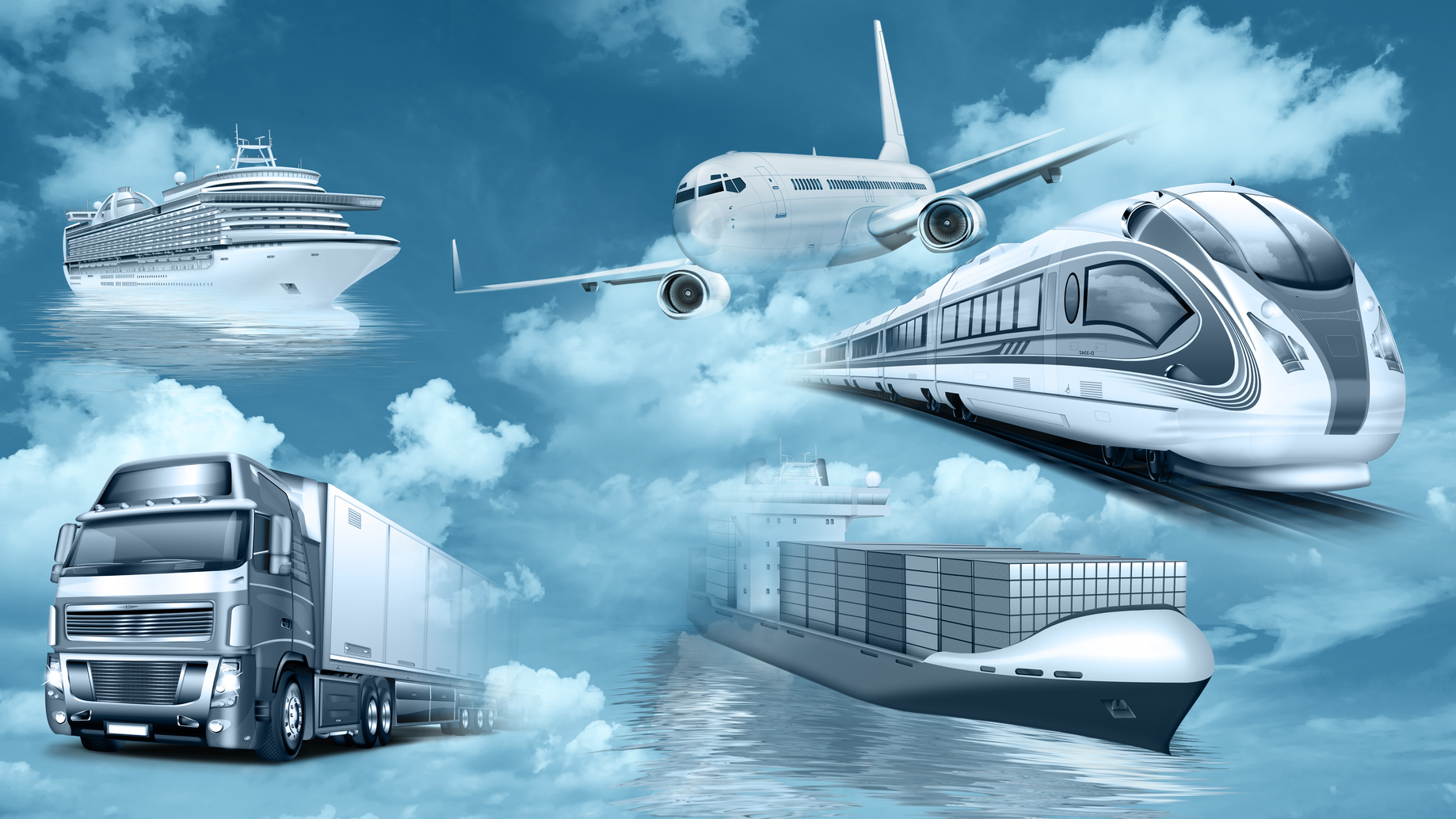Modern materials meet increasing requirements
Modern means of transport whether it be aircraft, ships, or commercial vehicles are putting ever higher requirements on materials used for their manufacture. Aircraft, ships, and commercial vehicles are required to have high energy efficiency and low operating costs. In order to meet these requirements, these aspects must be taken into account and optimized in the product development phase. Fiber composites are being increasingly used for aircraft, ships, and commercial vehicles. The advantage of fiber reinforced plastics are clear: Less weight means lower emissions, higher load capacity, and lower fuel consumption. Adhesive bonding is also being increasingly used as a joining technique for aircraft, ships, and commercial vehicles due to the fact this joining technique facilitates lightweight design. To achieve this the most suitable range of materials, including fiber reinforced plastics, have to be joined with each other and only adhesive bonding allows this.
